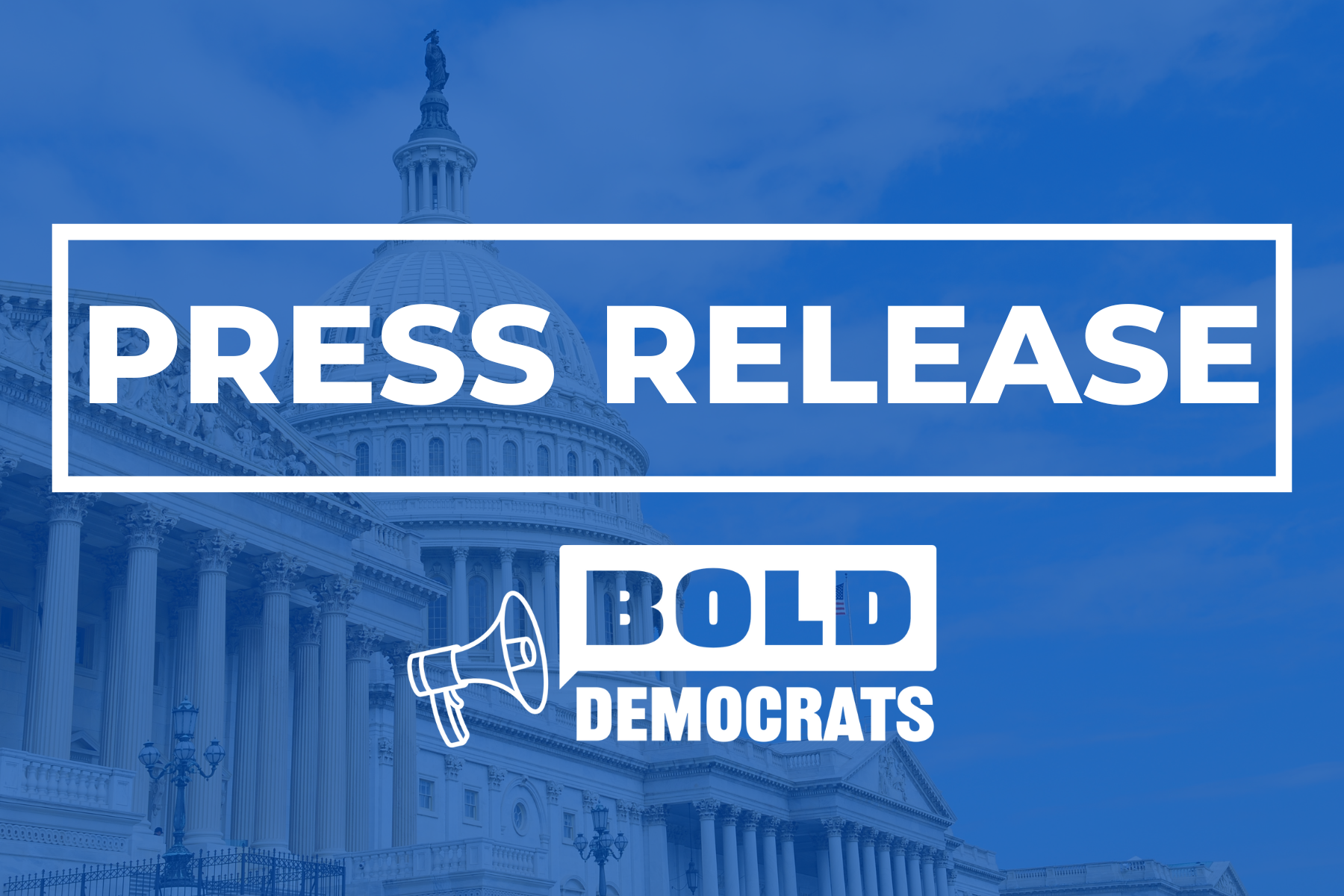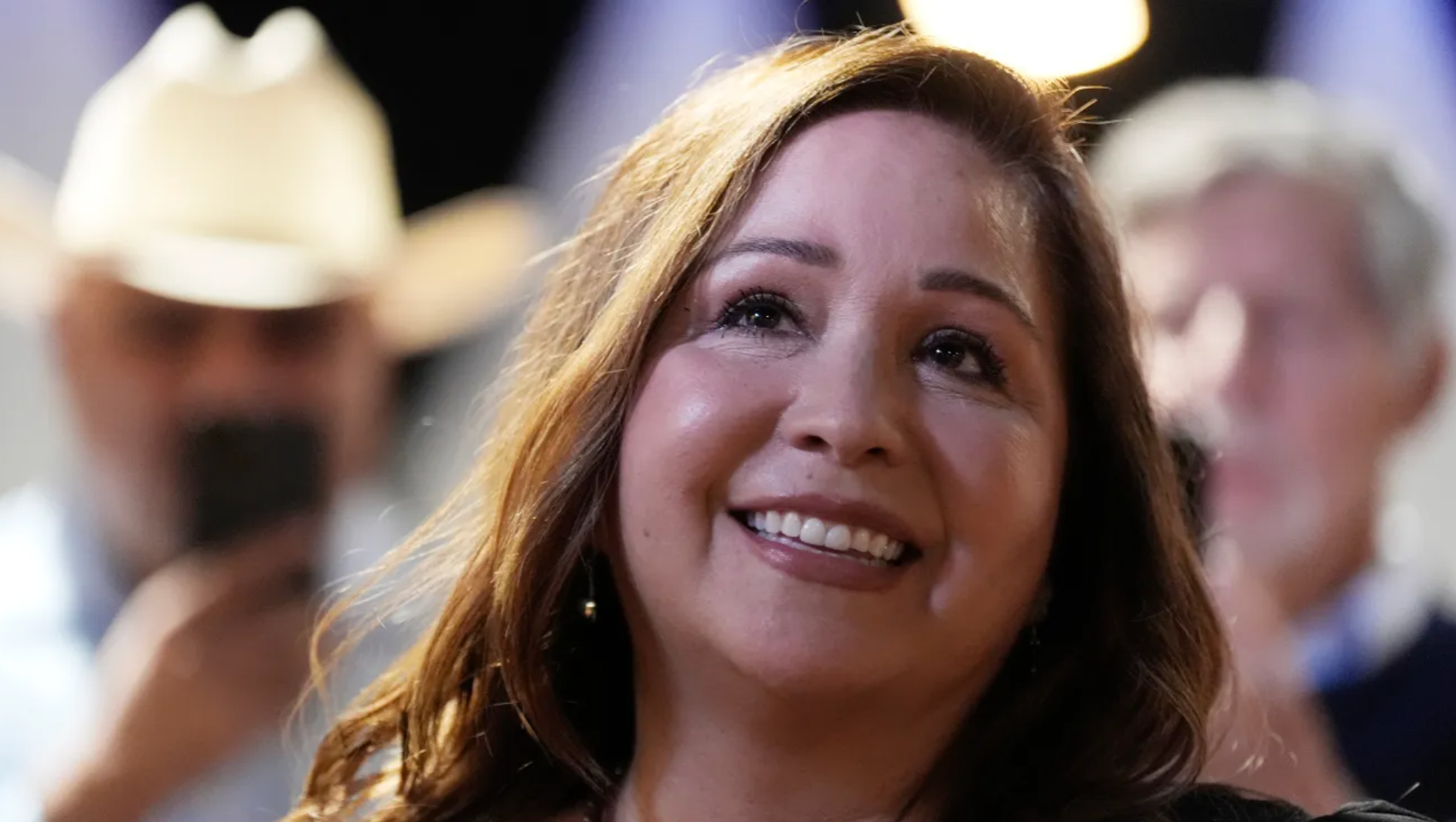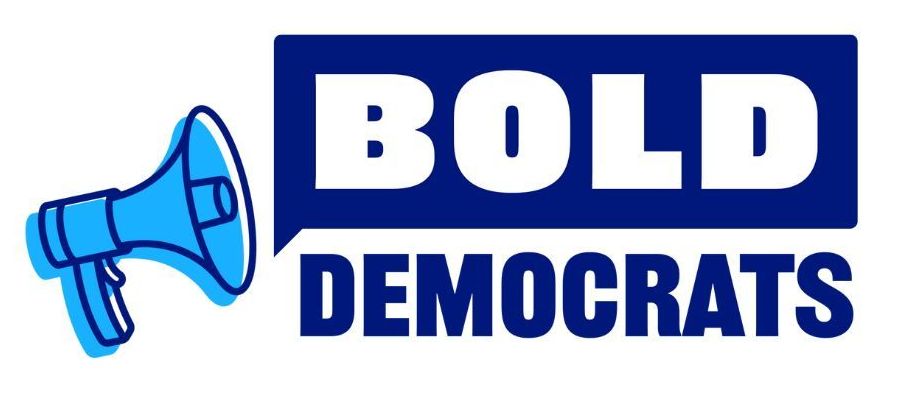The Washington Post: The GOP wants to expand the child tax credit — but not for poor kids

Original article: The Washington Post 06/20/2025
Even a proposal meant to benefit children would cut out low-income households.
H.R. 1, the One Big Beautiful Bill, manages to be the worst of both worlds. It spends an eye-watering amount our country can ill afford and directs almost all of that money to the wealthiest while cutting critical services for low- and middle-income Americans.
The bill’s significant cuts to health care and food programs have drawn the most attention. But even a tax provision included to help families, by increasing the child tax credit, would block the neediest households from receiving new benefits while piling on more aid for those with higher incomes.
We study poverty, taxes and the safety net, and we have researched the child tax credit for years. Under current policy, the credit promises families up to $2,000 per child annually. In reality, 1 in 4 children nationwide cannot receive this full amount.
The reason: The credit requires a minimum income level to qualify at all and then slowly scales up with family income until hitting the maximum amount. This “trapezoid” structure leaves children in low- and moderate-income families ineligible for the full credit. H.R. 1 not only keeps this structure but also ensures that many households with two working parents would receive no additional help from the expanded credit.
Under current law, a two-adult, two-child family needs a household income of at least $36,000 to receive the full $4,000 child tax credit for their children ($2,000 each). H.R. 1 would raise the maximum credit to $2,500 per child. A two-adult, two-child family could, in theory, gain up to $1,000. But because the bill doesn’t change the credit’s formula, it would make it harder for families to access the higher credit. The same size family would need an additional $12,000 in income, or at least $48,000 total, to receive the full $5,000 credit for their two children ($2,500 each).
This effectively locks families with incomes below $60,000 out of any meaningful gains. Nationwide, 22 million children — 1 in 3 — would be ineligible for the full $2,500 credit. The majority of those children, 17 million, would see nothing at all from the credit increase, while 5 million would see only a partial increase. That means families with higher incomes, up to $400,000, would reap the full benefit, while families just scraping by would not.
Under current law, a two-adult, two-child family needs a household income of at least $36,000 to receive the full $4,000 child tax credit for their children ($2,000 each). H.R. 1 would raise the maximum credit to $2,500 per child. A two-adult, two-child family could, in theory, gain up to $1,000. But because the bill doesn’t change the credit’s formula, it would make it harder for families to access the higher credit. The same size family would need an additional $12,000 in income, or at least $48,000 total, to receive the full $5,000 credit for their two children ($2,500 each).
This effectively locks families with incomes below $60,000 out of any meaningful gains. Nationwide, 22 million children — 1 in 3 — would be ineligible for the full $2,500 credit. The majority of those children, 17 million, would see nothing at all from the credit increase, while 5 million would see only a partial increase. That means families with higher incomes, up to $400,000, would reap the full benefit, while families just scraping by would not.
For example, a two-parent family earning the minimum wage, with two children, would have to work more than 125 hours every week to be eligible for the full credit. Not only that, but many of the 1 in 3 children who would see no gains from the expanded credit are also in households at risk of losing food assistance and health insurance because of the bill’s other changes. An additional change would bar U.S. citizen children from the credit even if their family income was high enough — if a parent does not have a Social Security number.
Raising the value of the child tax credit makes sense. Due to inflation, $2,000 is worth much less than in 2018, when that became the maximum credit. But raising the credit amount without changing eligibility, as the Senate also appears poised to do with its proposal to raise the benefit to $2,200, would make things worse. In both the House and Senate versions of the bill, the majority of the benefits would flow to middle- and high-income families while putting the credit further out of reach of families with less. This would be a bad investment — spending money where it produces the smallest return.
Cash matters for children. Research from our team at Columbia University shows that an increased child tax credit that fully includes low- and moderate-income children, similar to what was temporarily in place in 2021 as part of a pandemic relief package, produces $10 or more in economic benefits to society for every $1 spent on the policy. Our research also shows that such benefits reduce poverty and hardship, promote economic stability, and improve child health and development, leading to better health and increased productivity in adulthood. But these returns are generated only when low- and moderate-income children are fully included.
We can — and should — make different decisions. Rather than spending scarce dollars to cut taxes for the wealthy and businesses and increasing the child tax credit only for better-off Americans, the Senate should act now to extend the full credit to the one-third of children left behind and leave their food and health care alone.













